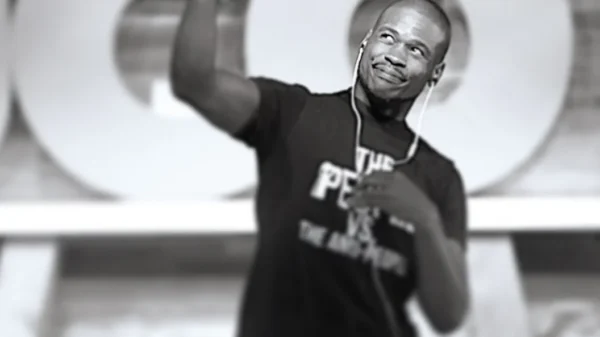The Rise of Eco-Friendly Clothing
In recent years, the fashion industry has witnessed a significant shift towards sustainability. Consumers are becoming increasingly aware of the environmental impact of fast fashion and are seeking alternatives that align with their values. As a result, eco-friendly clothing has emerged as a major trend, offering both style and sustainability.
Eco-Friendly Fabrics
One of the key elements of eco-friendly clothing is the use of sustainable fabrics. In 2023, we can expect to see a surge in the popularity of fabrics such as organic cotton, hemp, and bamboo. These materials are grown without the use of harmful pesticides or synthetic fertilizers, making them better for both the environment and the wearer’s health.
Additionally, innovative materials like Tencel and Piñatex, made from eucalyptus and pineapple fibers respectively, are gaining traction in the fashion industry. These fabrics offer a cruelty-free alternative to animal-derived materials like silk and leather, making them a favorite among conscious consumers.
Slow Fashion Movement
Another aspect of eco-friendly clothing that will continue to dominate in 2023 is the slow fashion movement. This movement emphasizes quality over quantity and encourages consumers to invest in timeless pieces that are made to last. Slow fashion promotes ethical production practices, fair wages for workers, and reduces the carbon footprint associated with garment manufacturing.
As consumers become more conscious of the impact of their fashion choices, they are opting for sustainable brands that prioritize transparency and ethical practices. This shift towards slow fashion is not only better for the environment but also promotes a more sustainable and equitable fashion industry.
The Future of Sustainable Fashion
Technological Innovations
Advancements in technology are playing a crucial role in shaping the future of sustainable fashion. From 3D printing to fabric recycling, innovative solutions are being developed to reduce waste and minimize the environmental impact of the fashion industry.
For instance, 3D printing allows designers to create garments with minimal material waste, as they can precisely control the amount of fabric used. This technology also enables customization, as garments can be tailored to fit individual body measurements, reducing the need for excess inventory.
Furthermore, fabric recycling technologies are being developed to transform old garments into new textiles. This process involves breaking down the fabric fibers and re-spinning them into new yarns, which can then be used to create new garments. By closing the loop and reducing the demand for virgin materials, fabric recycling has the potential to revolutionize the fashion industry.
Collaborations and Partnerships
Collaborations and partnerships between brands, designers, and sustainability advocates will continue to drive the growth of eco-friendly clothing in 2023. By joining forces, these stakeholders can pool their resources and expertise to create innovative solutions that benefit both the environment and the fashion industry.
For example, we can expect to see more collaborations between established fashion brands and sustainable startups. These partnerships can help traditional brands incorporate sustainable practices into their supply chains and product offerings, while also providing a platform for emerging sustainable brands to reach a wider audience.
Conclusion
The future of fashion lies in sustainability, and eco-friendly clothing is at the forefront of this movement. With the rise of sustainable fabrics, the slow fashion movement, and technological innovations, the fashion industry is undergoing a transformation towards a more sustainable and ethical future.
As consumers, we have the power to drive this change by making conscious choices and supporting brands that prioritize sustainability. By embracing eco-friendly clothing trends in 2023 and beyond, we can fashion a more sustainable world.


































